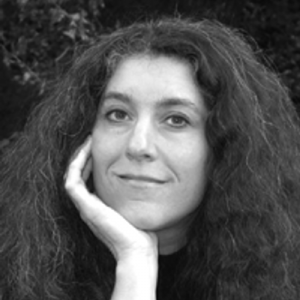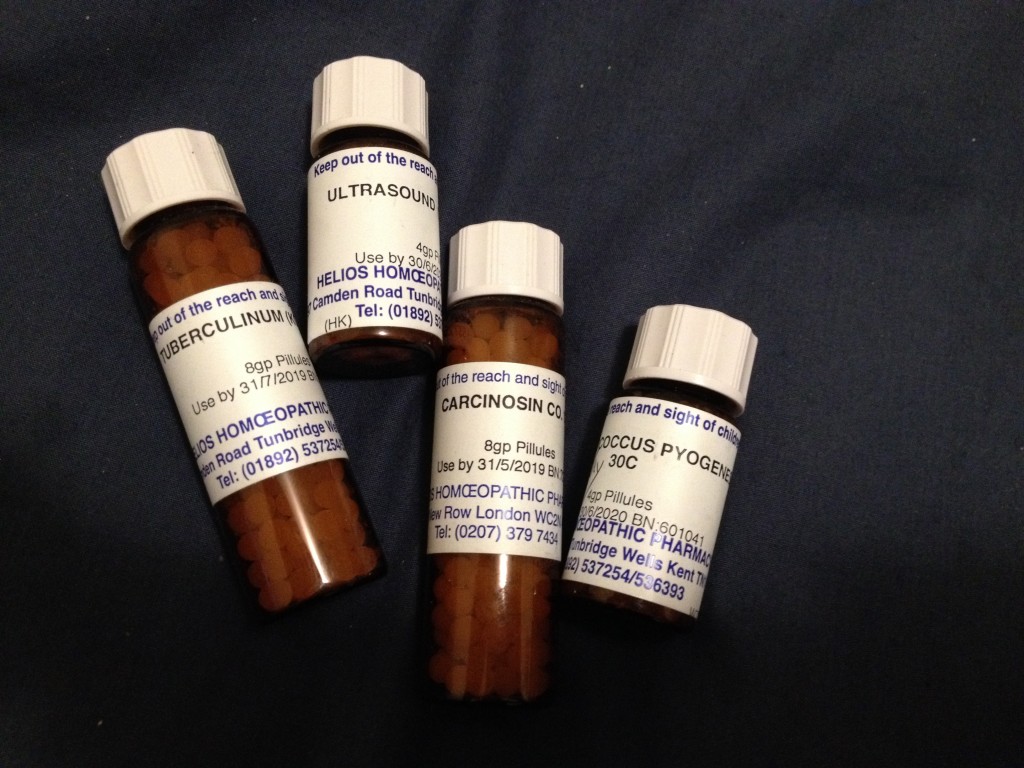I get letters from readers of my book Impossible Cure every day — a large percentage of which are from parents of autistic children looking for guidance. I recently received the following question, and I thought my answer might be helpful to many readers.
Are CEASE and the use of nosodes the same thing? I’m a little confused about the difference. What are your thoughts on CEASE?
Nosodes are simply remedies made from disease matter. Many are used quite commonly in homeopathic treatment. They include Tuberculinum, Medorrhinum, Syphillinum, Psorinum, and many others. The remedy Carcinosin, which was instrumental in curing my son Max, is a nosode. It is an important remedy in many autism cases — as are many other nosodes. Remedies made from vaccines might also be considered nosodes.
Although nosodes sound a bit scary, it is important to remember that they are highly diluted (potentized) and therefore, like all other homeopathic remedies, have no physical source matter within them. Instead, they carry an energetic signature of the source substance. Thus, you cannot “get” the disease from taking a nosode.
In general, nosodes can be used like any other remedy. They are important because all of us have imprints from diseases in our past (including our ancestral past) and nosodes can help to clear these imprints (sometimes called miasms). However, nosodes can be powerful remedies, so it is wise to use them with some extra caution — and definitely under the guidance of a homeopath. In general, you will not find nosodes for sale in health food stores.
Nosodes are often used as “intercurrents” (remedies used intermittently between treatment with the patient’s constitutional remedy) in order to help cases that are not progressing as they should. In such cases, a constitutional remedy seems to be truly indicated, but for some reason is not doing its job. (Note: I use the term “constitutional remedy” for a remedy that has been selected based on the symptoms of the entire case — physical, mental, emotional, behavioral, etc.)
However, it is important to remember that sometimes a nosode can actually be the constitutional remedy itself.
Nevertheless, I have heard that some practitioners shy away from using nosodes. Personally, I believe this is a mistake, especially in ASD cases which often need them.
CEASE is a distinct protocol developed by Dutch homeopath Tinus Smits for treating ASD cases. It uses both constitutional remedies and other remedies — including nosodes — based on what events have happened in the case. For this reason, CEASE is somewhat like sequential homeopathy (in which very specific remedies are given in a particular order, targeting specific events that occurred in the history of the patient). In general, however, CEASE is not quite as doctrinaire and systematic as sequential homeopathy. CEASE also has a distinct protocol for the use of certain supplements. Many practitioners simply learn the CEASE method but do not follow it precisely — they only use it as a tool or guide. In my opinion, this is wise. In particular, I believe that classical prescribing should always be the default, with the use of ideas from CEASE or even sequential homeopathy when needed.
Both CEASE and sequential homeopathy make heavy use of isopathic remedies — remedies made from agents involved in incidents within the case. For example, if a patient was poisoned by vaccine X, then the isopathic approach would be to give X in potency. Isopathic remedies are also used in classical homeopathy, as their use follows the Law of Similars. For example, if a patient is suffering from symptoms that are equivalent to arsenic poisoning, the homeopathic approach would be to give potentized arsenic. In fact, an Indian study showed this approach to be effective in treating those affected by arsenic poisoning from the water supply.
In summary, it is important to understand a basic distinction: between the source of a remedy and how it is used. There are many sources of remedies (plants, minerals, animals, and diseases). The question is: how are they used?
In classical homeopathy, the full case of the patient is taken and a remedy is given based on all the symptoms (emotional, physical, mental, behavioral, etc.), both current and historical, with an emphasis on the symptoms the patient is currently experiencing. In an approach like sequential homeopathy, a fixed protocol tends to be used based on a case history. CEASE, at some level, can be viewed as blend of the two approaches. However, it is important to realize that most classical homeopaths blend many approaches together as well.
In my opinion, all homeopaths should be well trained classical homeopaths who understand the indications of all kinds of remedies and the use of all forms of dosing — both wet and dry. They should then add various tools and ideas into their tool box to make their prescribing more flexible and adaptable to the situation at hand. The treatment of ASD patients is particularly challenging, and therefore requires such adaptability — preferably with a dose of caution and moderation.
~ Amy Lansky, Ph.D.
(for more information, visit http://www.impossiblecure.com, http://www.amylansky.com, http://www.amylansky.com/askamy, http://www.activeconsciousness.com)
For more by Amy Lansky, click here.
Amy Lansky was a Silicon Valley computer scientist when her life was transformed by the miraculous homeopathic cure of her son’s autism. In 2003, she published Impossible Cure: The Promise of Homeopathy, now one of the best-selling introductory books on homeopathy worldwide (www.impossiblecure.com). Her second book, published in 2011, explores the topics of consciousness, synchronicity, and personal transformation – Active Consciousness: Awakening the Power Within (www.activeconsciousness.com). Her blog can be found at: http://www.amylansky.com.



















CEASE has been vital this past yr… loving, Personality, empowered, assertive, finally bowel potty trained at almost 7, funny, better behavior in school with FBA plan… but we are stuck… self-chatter, bacteria flares, adrenals… are intense and producing aggression… vax shedding - exposure in school - has not helped at all
Will continue with homeopathy… with CEASE and attack Lyme and coinfections…
and keep healing my wonder child…
I have been working as a classical homeopath using CEASE and Detoxfication approaches plus organotherapy when best indicated. It sounds like you have a good practitioner helping with his care. One thing that has been very helpful is supporting our children with GAPS diet and bowel nosodes. It is so challenging to work with our children suffering so. Congratulations and continued success !
What does potentized mean? I am concerned that if we think vaccines caused damage… wouldn’t giving children the same substance cause even more damage?
Stacy, homeopathy as a system of medicine works completely differently from allopathy (“regular” Western medicine). As Amy explained in the piece, a remedy contains just the energy signature of a substance, not the substance itself, and its use is according to the homeopathic principle “like cures like.” If a substance can induce certain symptoms, a very high dilution of that same substance can neutralize those symptoms. It sounds bizarre, but it has been shown to be true time and time again.
Laura, you can Google the Council for Homeopathic Certification. Their website has a listing of certified classical homeopaths by geographic area.
How do you find a classical homeopath? I tried a local homeopath, but it was not a good fit personally.